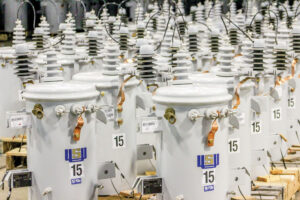Carbon monoxide is a colorless and odorless gas. Every year, more than 100 people in the U.S. die from unintentional exposure to carbon monoxide.
Carbon monoxide is produced by burning fuel, therefore, any fuel-burning appliance in your home is a potential CO source. When cooking or heating appliances are kept in good working order, they produce little CO. Improperly operating appliances can produce fatal CO concentrations in your home.
Running a car or generator in an attached garage can cause fatal levels of CO in the home. So can running a generator or burning charcoal in the basement, crawlspace or living area of the home.
Symptoms of CO poisoning
Initial symptoms are like the flu but without the fever and include:
- Headache
- Fatigue
- Shortness of breath
- Nausea
- Dizziness
If you feel you may be experiencing CO poisoning, get fresh air immediately. Leave the home and call for assistance from your cell phone or a neighbor’s phone. Get medical attention immediately and inform medical staff that CO poisoning is suspected. Do not reenter the home until the fire department says it is safe to do so.
What should you do?
- Make sure your appliances are installed according to manufacturer’s instructions and local codes.
- Always follow manufacturer’s directions for safe operation.
- Have your heating system inspected and serviced annually by a trained technician.
- Examine vents and chimneys for improper connections, visible cracks, rust or stains.
- Operate portable generators outdoors and away from open windows, doors or vents.
- Install battery-operated or plug-in CO alarms in your home. All homes should have a CO alarm in the hall near bedrooms or in each separate sleeping area.
Source: Consumer Product Safety Commission









